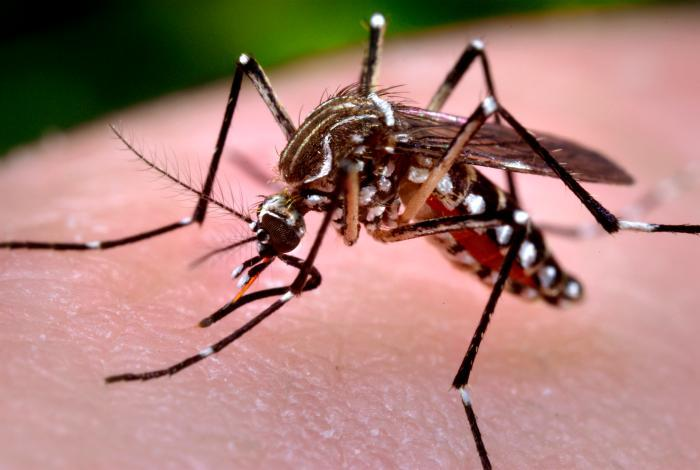
A study on the post-mortem infectivity of influenza A virus (IAV), respiratory syncytial virus (RSV), and SARS-CoV-2, the virus that causes COVID-19, in euthanized transgenic mice tissues suggests persistent contagiousness ranging from a few hours for flu to a week or more for COVID.
For the study, published this week in the Journal of Infection, Chinese researchers collected tissue samples from virus-infected mouse cadavers at three temperatures (4℃ [39.2ºF], room temperature [20º to 22℃; 68º to 71.6ºF], and 37℃ [98.6ºF]) for a predetermined period to estimate the post-mortem stability and transmission potential of the viruses.
Infectivity was examined in K18-hACE2 and C57BL/6J transgenic mice, which are genetically modified so their cells facilitate SARS-CoV entry, similar to human cells.
These findings underscore the need for enhanced post-mortem biosafety protocols to mitigate occupational exposure risks in forensic and clinical settings.
The team analyzed viral kinetics and distribution. The researchers also compared cadaveric tissues with in vitro tissues to estimate the survival of IAV and RSV under the same conditions.
"A precise understanding of post-mortem viral persistence is critical for mitigating infection risks among healthcare professionals, forensic pathologists, and mortuary personnel handling deceased individuals, particularly in cases involving highly transmissible pathogens such as SARS-CoV-2," they noted.
Potential implications for handling cadavers
SARS-CoV-2 demonstrated post-mortem infectivity for up to 5 days at room temperature and at 37℃ and more than 7 days at 4℃, with the highest risk of transmission in the first 72 hours at room temperature and first 24 hours at 37℃. In contrast, RSV remained viable for 1 to 2 days, and IAV persisted for just a few hours. Viral decay rates depended on temperature and varied by tissue type and pre-mortem viral load, showing distinct post-mortem survival kinetics.
"This study presents the first comprehensive analysis of viral persistence in cadavers," the study authors wrote. "These findings underscore the need for enhanced post-mortem biosafety protocols to mitigate occupational exposure risks in forensic and clinical settings."
"By elucidating viral decay dynamics across environmental conditions, this research establishes a critical foundation for infection control strategies, informing biosafety policies for emerging respiratory pathogens," they concluded.













